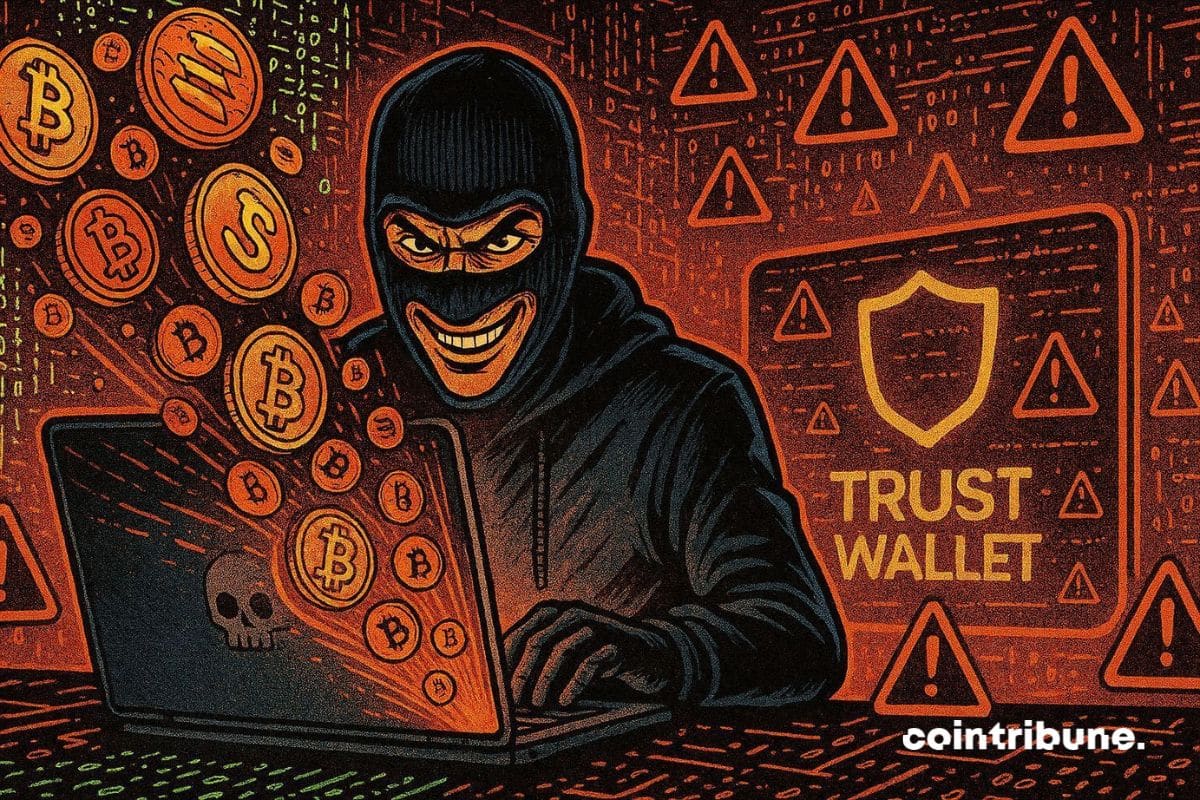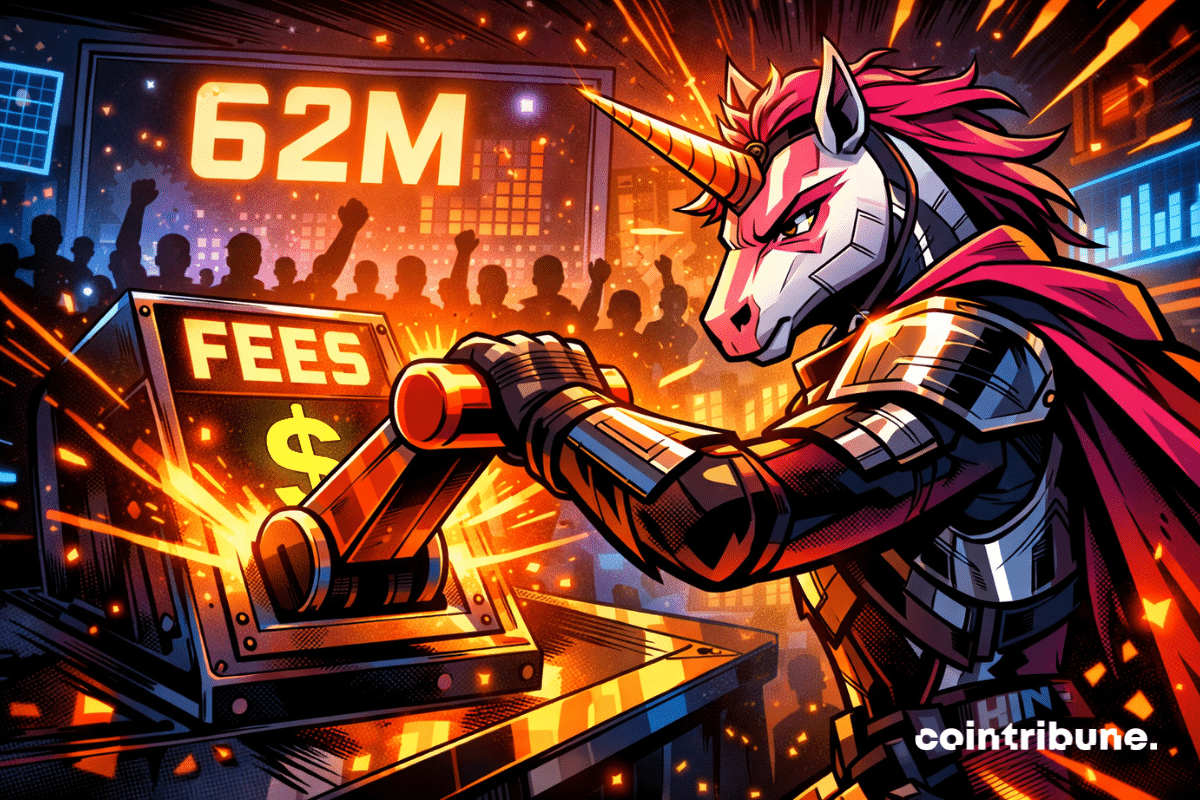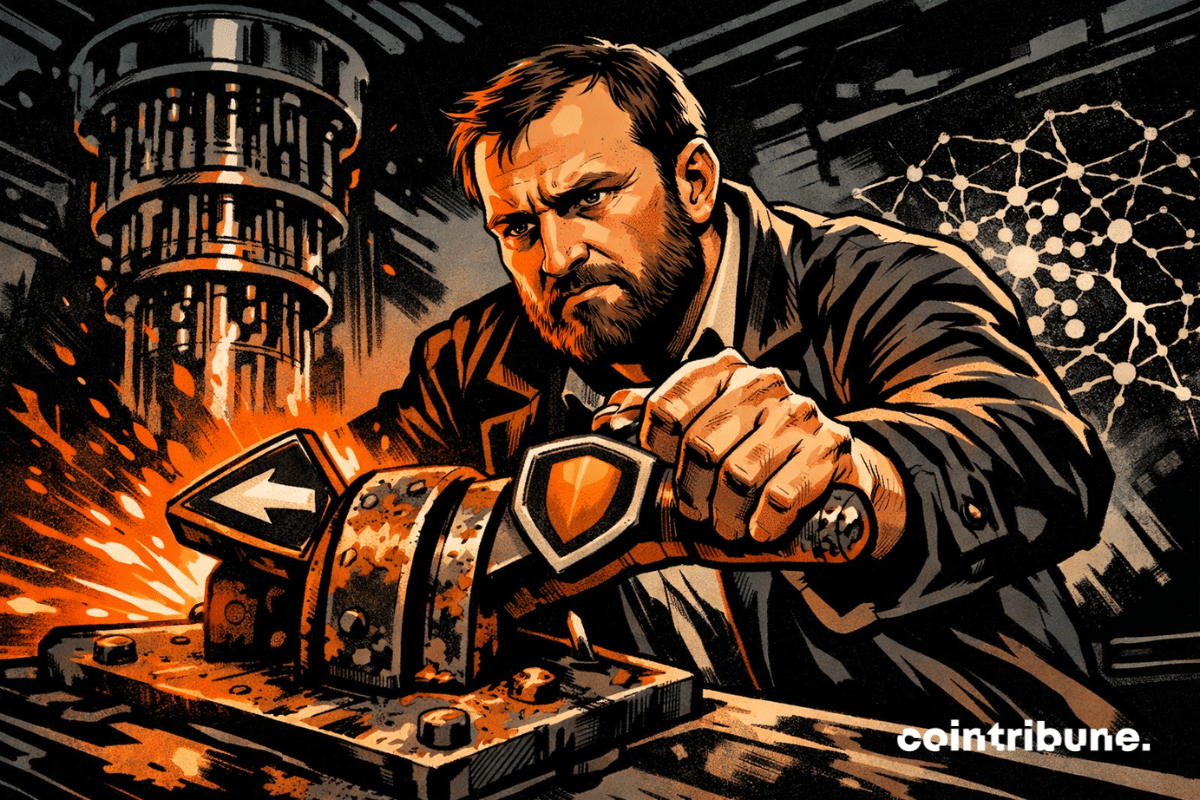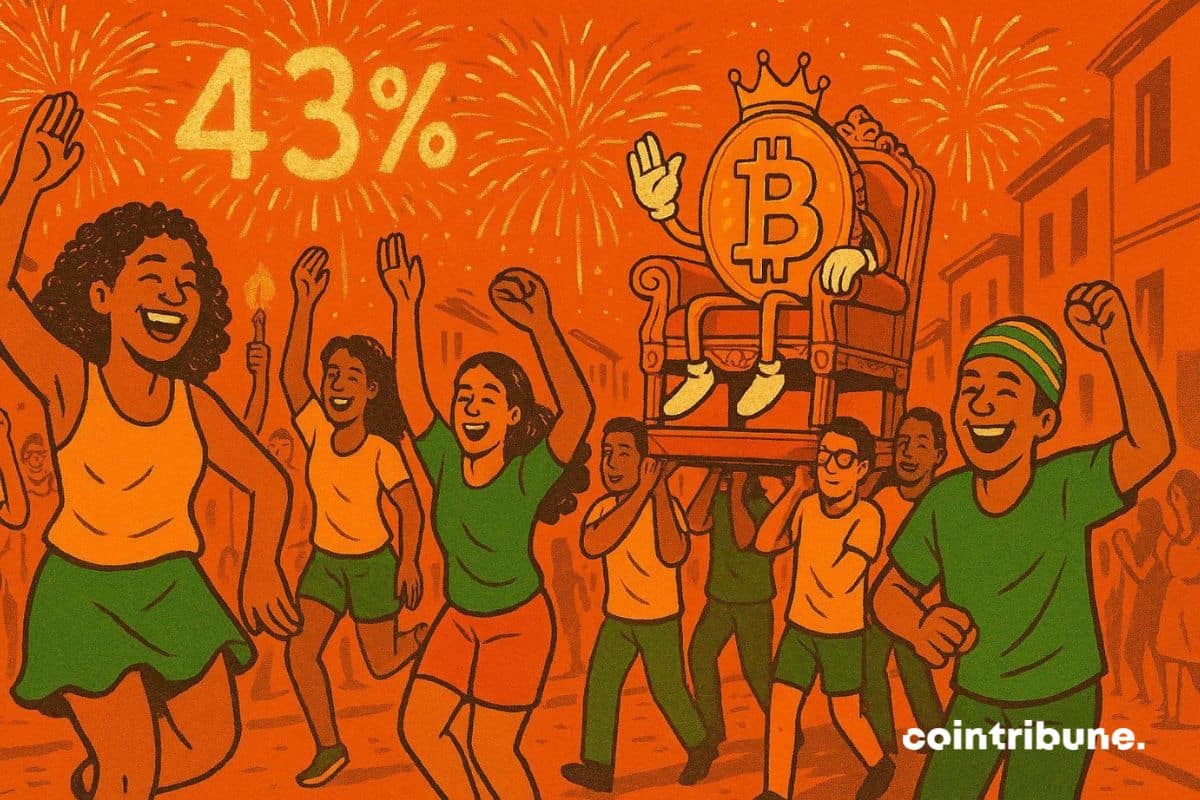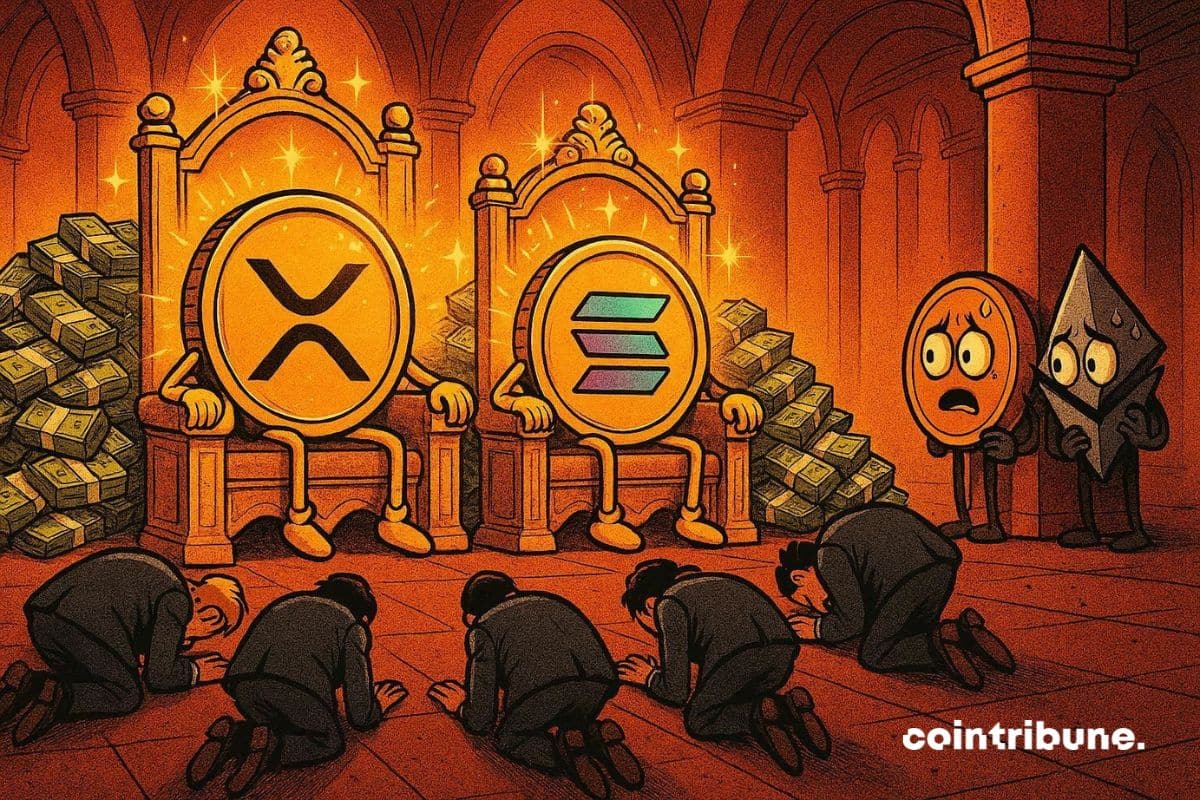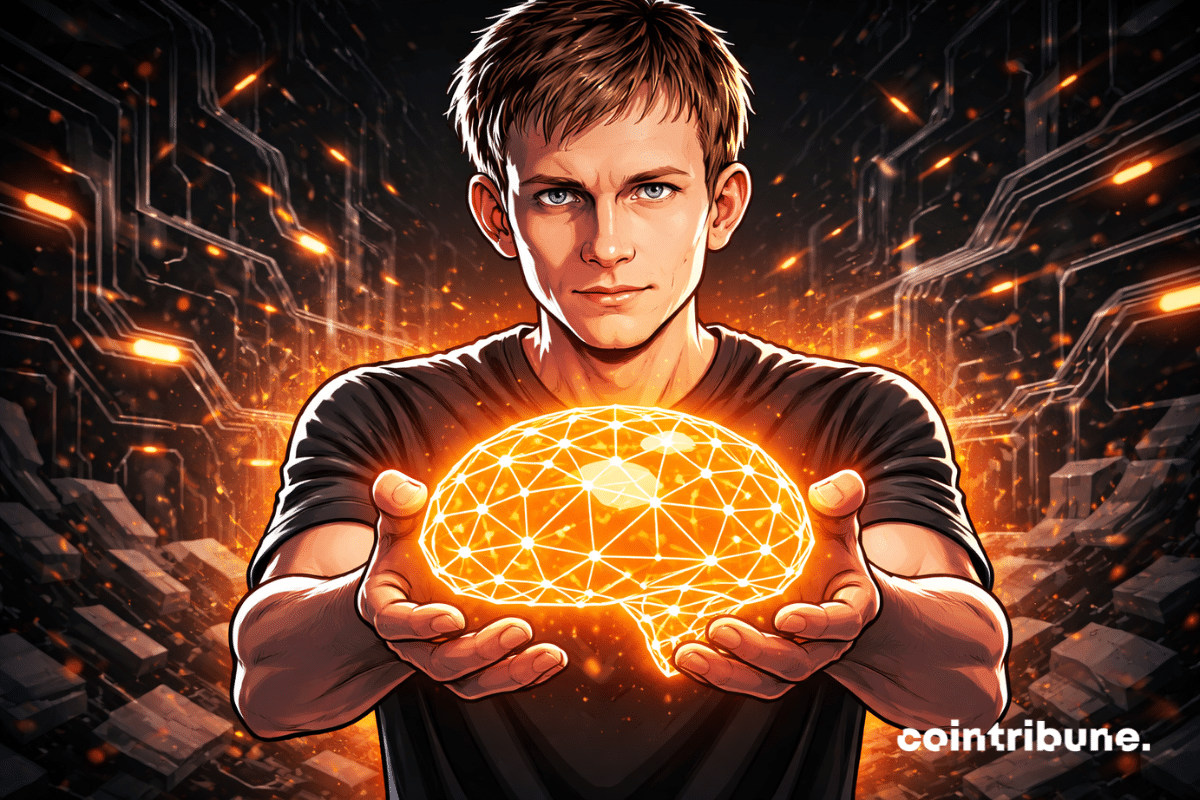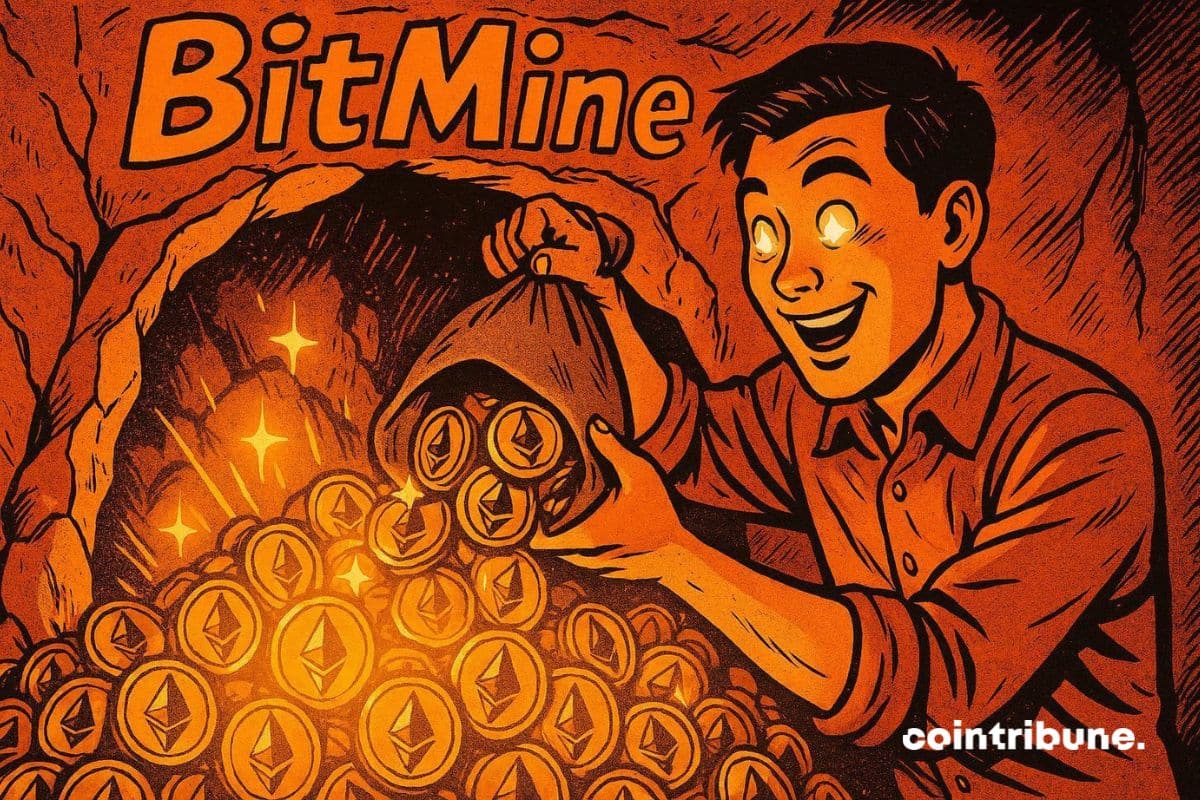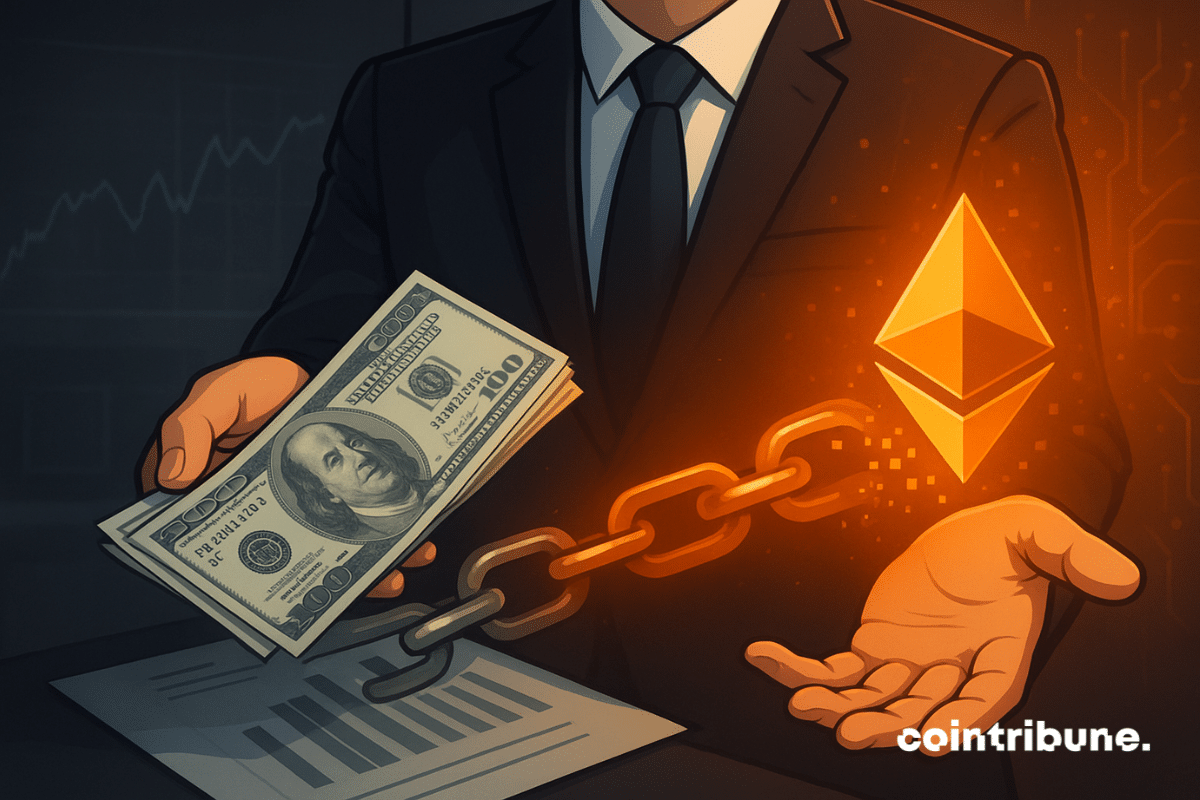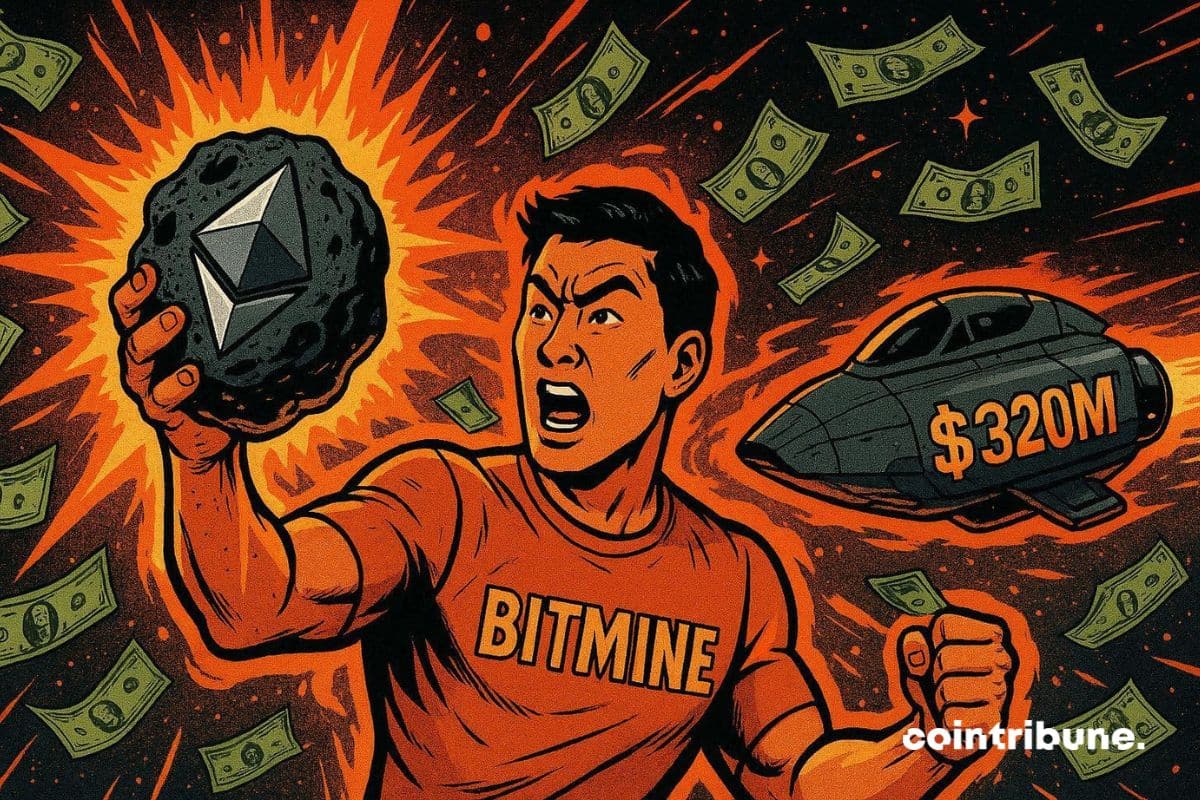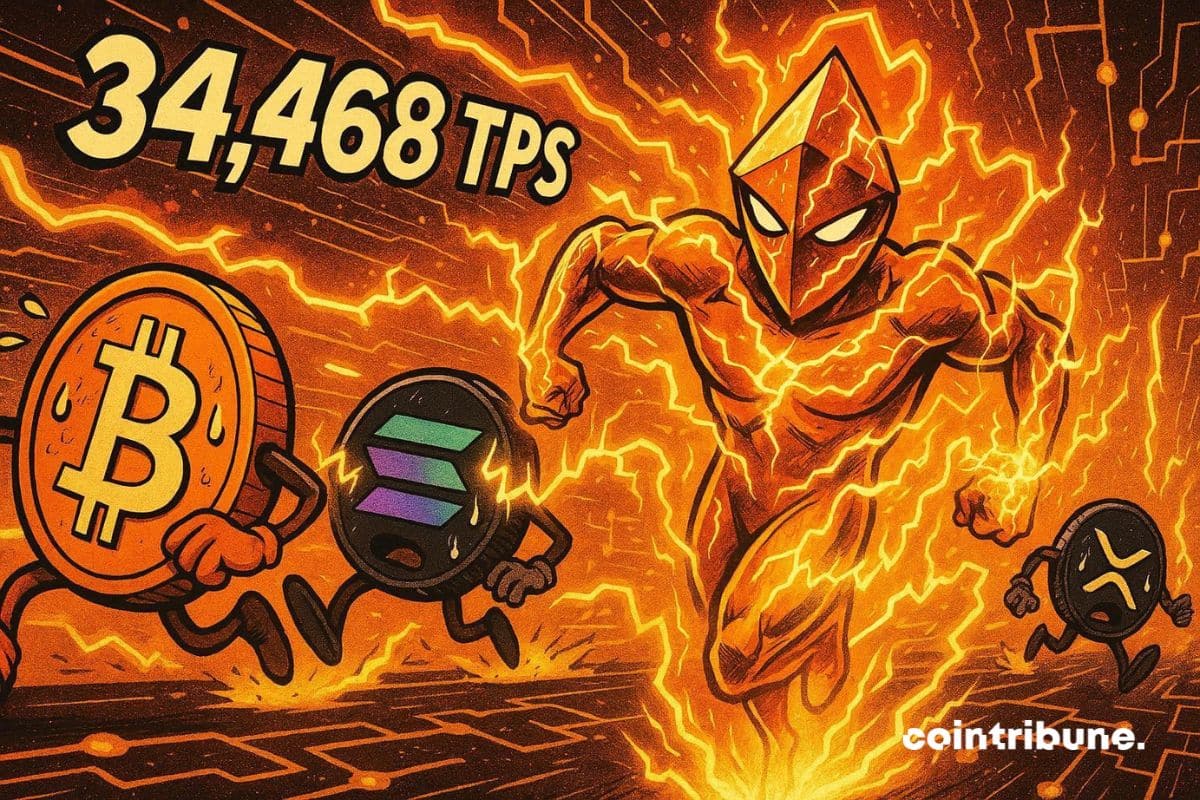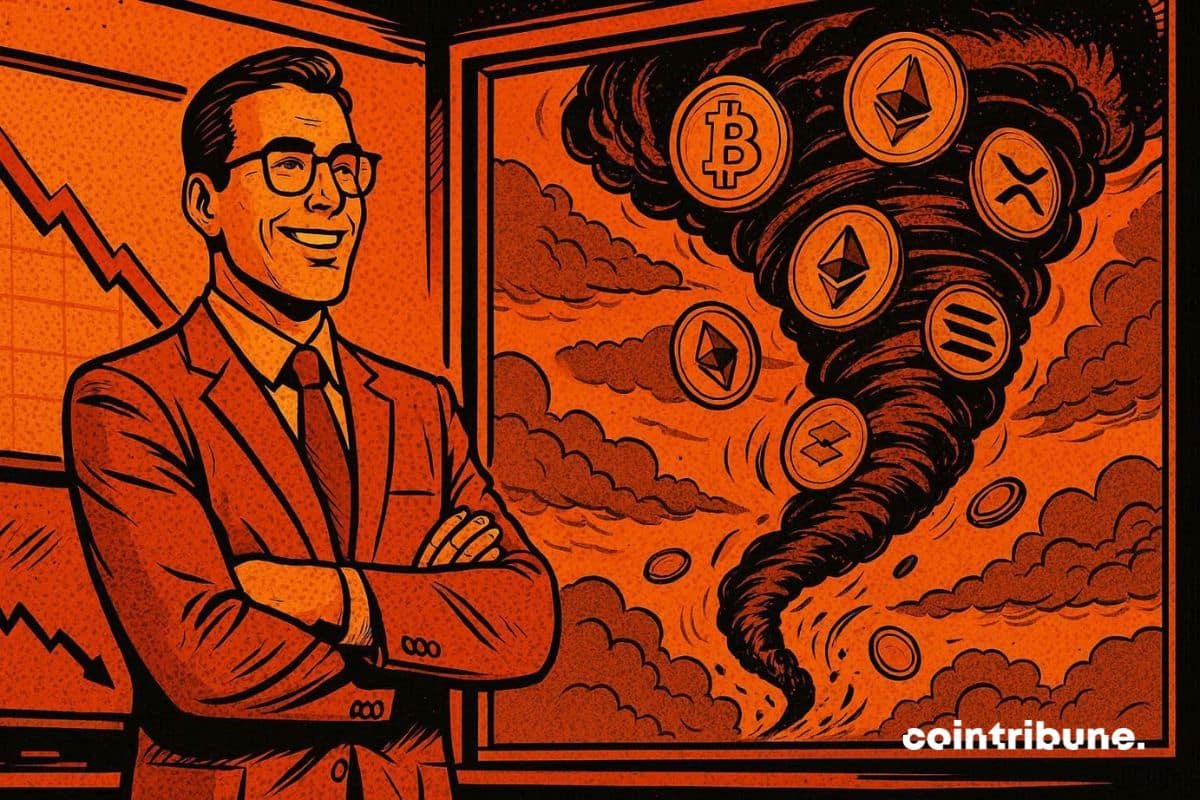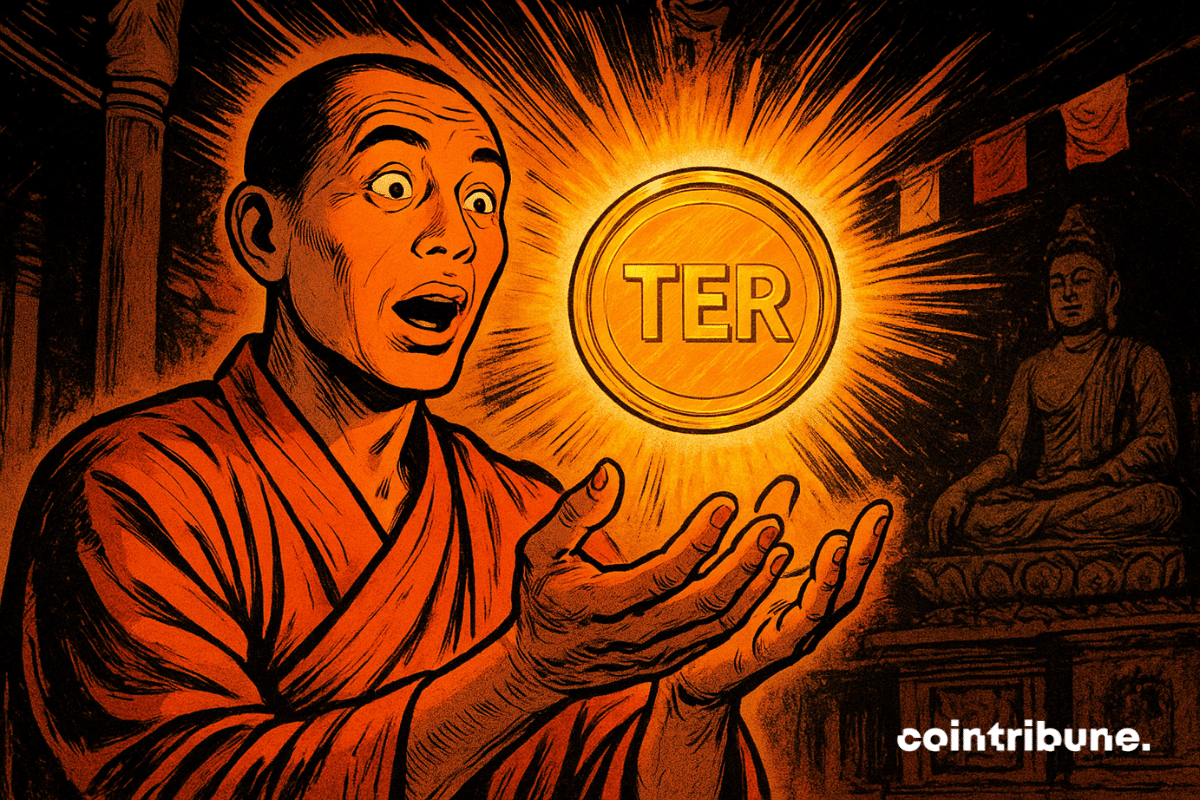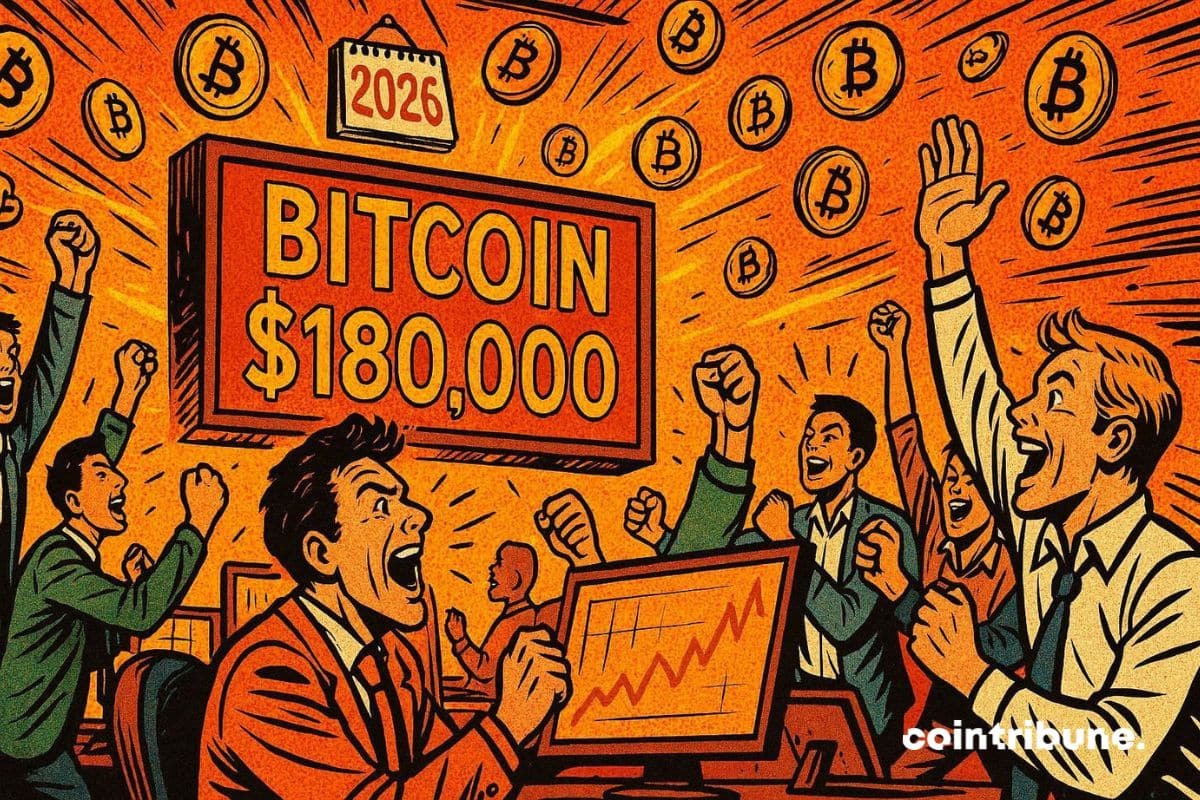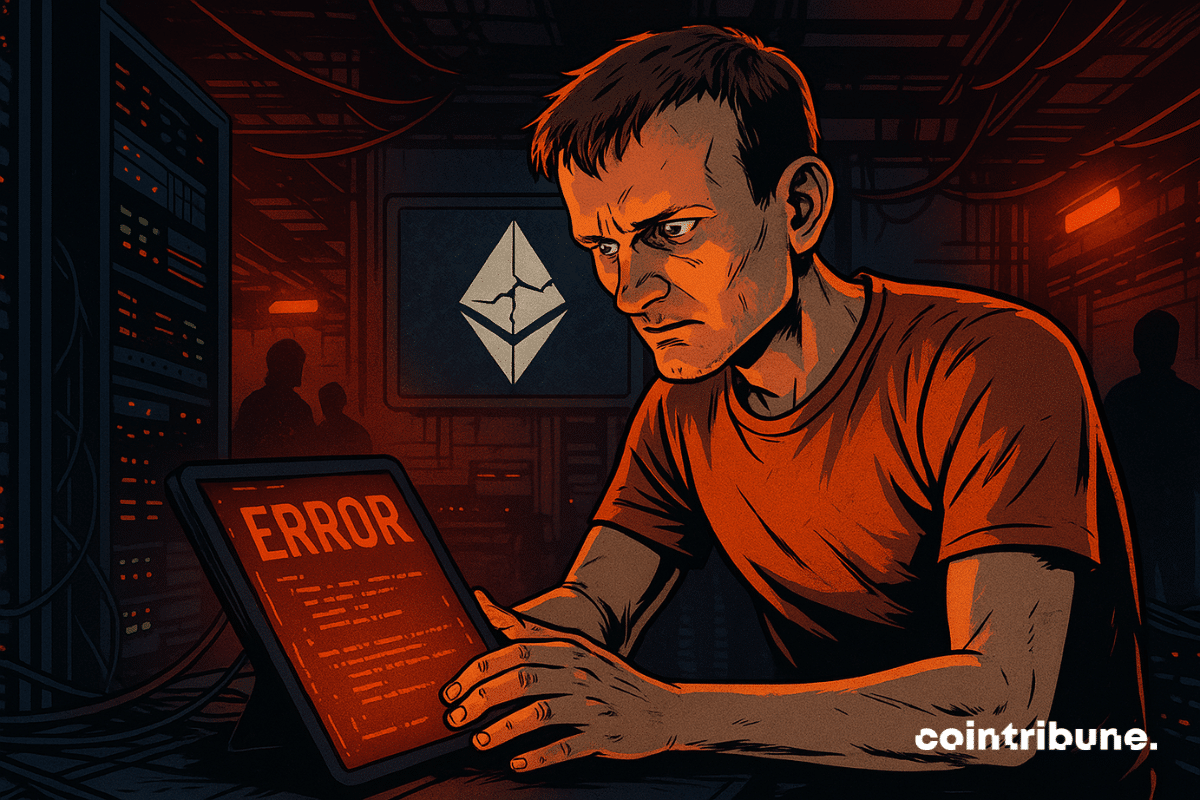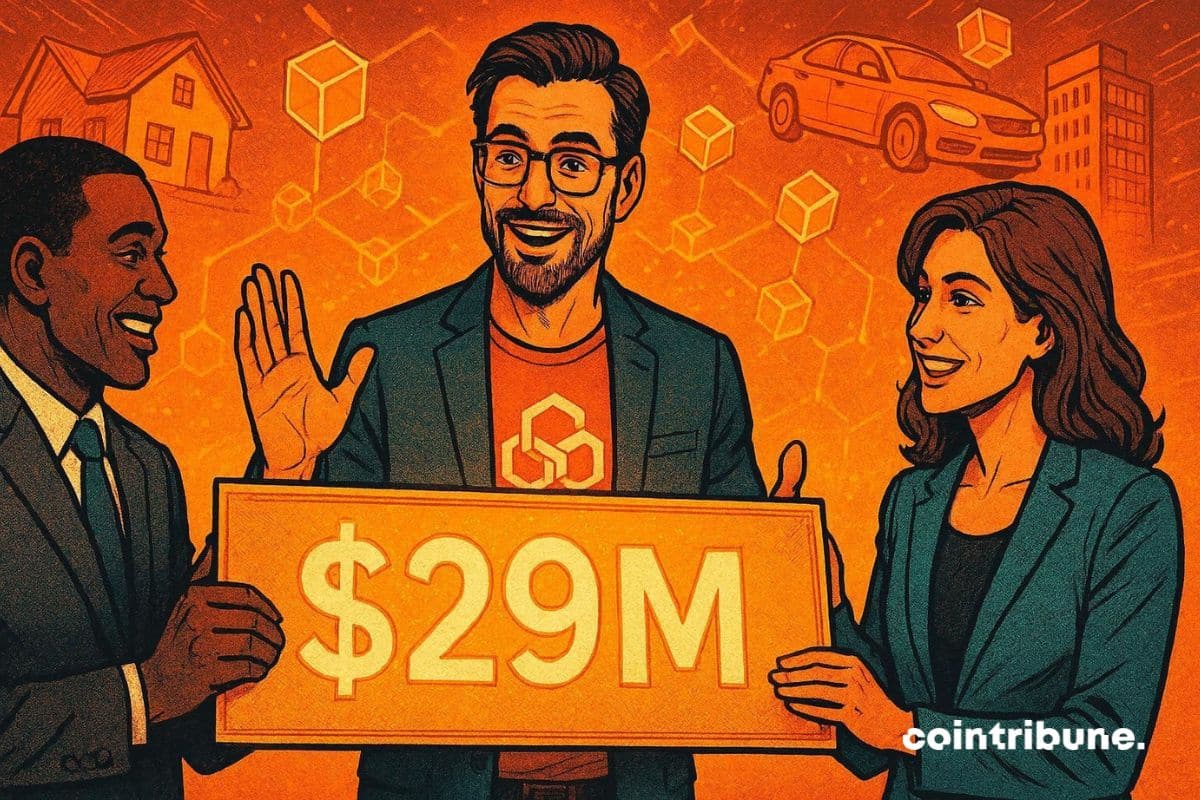Aave founder Stani Kulechov is facing growing criticism after purchasing a large amount of AAVE tokens ahead of a key governance vote, a move some community members say threatens fair decision-making within the DAO. The controversy has intensified concerns about the concentration of voting power and whether governance outcomes still reflect broad community interests rather than the influence of large holders.
Theme Blockchain
A spectacular hack hits Trust Wallet: 6 million $ vanish in a few hours after a compromised update. Who is responsible? How to recover your funds? Discover the scam details, mistakes to avoid, and solutions to protect your crypto before it's too late.
When two former crypto rivals kiss on an ADA–SOL bridge, it smells like strategy… or a plot to dethrone Ethereum quietly, under Bitcoin's watchful eyes.
Uniswap burns 100 million UNI, activates its fees and makes the DAO swear allegiance. Crypto enters adulthood... or a Wyoming courtroom?
Memecoin trading on Solana is under new legal scrutiny after investors accused several crypto firms of operating an unfair trading system. A federal lawsuit alleges private messages show coordination between blockchain engineers and a popular memecoin platform, putting retail traders at a disadvantage. A judge has allowed the case to proceed with expanded claims.
Charles Hoskinson, founder of Cardano, sounds the alarm on rushing into post-quantum cryptography adoption. According to him, blockchains will have to accept major compromises to defend against future quantum computers. But when will this threat really become critical?
In 2025, Brazil writes a new page in financial history with a 43% explosion of the crypto market. Between historic records, massive adoption, and revolutionary investment strategies, this boom redefines the rules. Why such growth?
Crypto transactions are becoming more common due to their borderless nature. And with the festive season here, some are looking to gift digital assets to their loved ones. For beginners, however, the whole process of sending these modern Christmas presents might feel a bit complex. This article explains the main ways to gift crypto and how various jurisdictions regulate such transactions.
Cardano collapses: -64% capitalization in 2025, a historic crash that raises questions. Between massive whale sell-offs and crypto user disengagement, ADA struggles to survive. Should we fear the worst or hope for an unexpected rebound? Exclusive analysis of causes and scenarios for 2026.
The Christmas season often raises the same question each year: what gift will have lasting value? For people involved in crypto, interests extend far beyond standard tech gadgets. Crypto users form a global community focused on digital ownership, financial independence, and long-term participation in blockchain networks. And as such, selecting a crypto-related gift shows awareness of these priorities. This article presents practical, beginner-friendly crypto gift ideas suited to different interests while remaining useful long after the holidays.
When Grayscale tells us everything is fine for bitcoin, Naoris draws its anti-quantum shield. What if the enemy is not who we think it is?
In 2025, institutional money flees Bitcoin and Ethereum to rush towards XRP and Solana, with record ETF flows exceeding one billion dollars. Why this historic turnaround? The data reveal an irreversible trend: investors now bet on crypto assets with concrete utility, not speculation.
Six years after launching its own private blockchain, JPMorgan Chase is radically changing strategy. The bank has just transferred its digital deposit token, the JPM Coin, to Base, Coinbase's public network. A major turning point for an institution that until now had exclusively relied on its closed ecosystem Kinexys.
Ethereum’s long-term strength may depend on more than scaling and security. According to co-founder Vitalik Buterin, true trust in the network also requires a broader understanding of how it works. He argues that simplifying Ethereum’s protocol is essential. Without it, users must rely on a small group of experts rather than verify the system themselves.
Amid a falling market, BitMine strikes big: + $140 million in Ethereum added to its crypto treasury, defying the downward trend. A risky strategy or a visionary bet? Dive into the analysis of this bold move that could redefine ETH's future and inspire institutional investors.
Bitcoin’s Lightning Network has reached a new capacity record as major exchanges add more funds and developers roll out new tools. At the same time, an upgrade to Taproot Assets is pushing Bitcoin closer to supporting multiple asset types on its base ecosystem.
Following the resounding success of its 2025 edition, WAIB Summit Monaco proudly announces its return on June 9–10, 2026, at the prestigious One Monte-Carlo, located in the heart of Monaco’s iconic Casino Square.
Solana has resisted one of the most intense DDoS attacks ever recorded on a public blockchain, peaking at 6 terabits per second. The network remained stable, with no interruptions or notable degradation. This inadvertent test, occurring amid recurring technical tensions in the ecosystem, marks a turning point. Long criticized for its instabilities, Solana today shows robustness that could change its position in the hierarchy of decentralized infrastructures.
JPMorgan Chase is expanding its blockchain strategy with the launch of a tokenized money-market fund on Ethereum. The product is backed by $100 million in internal capital and targets qualified investors seeking daily yield through an on-chain structure backed by short-term debt. Market observers say the move reflects clearer regulation, rising client demand, and growing interest in tokenized real-world assets.
Tom Lee and BitMine strike hard: 320 million dollars in Ethereum added in one week, despite a volatile market. A risky or visionary strategy? While ETH is breaking transaction records, BitMine bets everything on its crypto treasury.
Ethereum just made a thunderous impact in the crypto world: 34,468 transactions per second, a record that shatters everything that existed so far. Thanks to Layer 2 and ZK-Rollups, the blockchain proves it is ready for mass adoption. But how will this record affect the price of ETH in 2026?
The crypto market has just experienced a spectacular collapse: spot volumes have dropped by 60%, a level unseen for months. But behind this apparent lull may lie a rare opportunity. Experts are divided: historical rebound or trap to avoid?
Tokenization of real-world assets (RWAs) is moving closer to mainstream finance, though its short-term impact on crypto markets may remain limited. NYDIG says longer-term value will depend on how open, connected, and regulated these assets become across blockchain networks.
Crypto settles at the heart of Wall Street: DTCC launches the tokenization of US markets. Discover the details in this article!
Sei is making crypto easily accessible by embedding its wallet and payment features directly into Xiaomi smartphones.
Bhutan is pushing its digital economy forward by placing portions of its traditional reserves on blockchain infrastructure. As tokenized real-world assets gain momentum, the country is securing an early foothold. The introduction of TER, a gold-backed token from Gelephu Mindfulness City (GMC), strengthens Bhutan’s ongoing blockchain plans.
JPMorgan, one of the largest American banks, has just completed a historic transaction: a 50 million dollar commercial paper fully managed on the Solana blockchain. Galaxy Digital, Coinbase, and Franklin Templeton participated in this pioneering operation settled in USDC.
Bitcoin could explode in 2026, according to traders. After the Fed rate cuts, bets focus on ambitious targets: $130,000, even $180,000. Why do experts ignore the "Santa rally" to bet on next year?
A bug, a tweet, and here is Vitalik philosophizing while Ethereum wavers: could decentralization be a disguised monoculture? Prysm coughs, the blockchain sneezes... and doubt sets in.
Traditional finance is shifting into the era of RWAs: Real Finance just raised 29 million dollars to tokenize 500 million in real assets. With Nimbus Capital and giants like Goldman Sachs lurking, this revolution will redefine investment.

